The US Physician Groups Market is characterized by a dynamic competitive landscape, driven by factors such as technological advancements, regulatory changes, and evolving patient expectations. Major players like UnitedHealth Group (US), Anthem (US), and Cigna (US) are strategically positioned to leverage these trends. UnitedHealth Group (US) focuses on integrating technology into healthcare delivery, enhancing patient engagement through digital platforms. Anthem (US) emphasizes partnerships with local healthcare providers to expand its reach and improve service delivery. Cigna (US) is increasingly investing in personalized care models, aiming to enhance patient outcomes while managing costs. Collectively, these strategies contribute to a competitive environment that prioritizes innovation and patient-centric care.
In terms of business tactics, companies are increasingly localizing their operations to better serve regional markets, optimizing supply chains to enhance efficiency. The market appears moderately fragmented, with a mix of large integrated health systems and smaller physician groups. The influence of key players is substantial, as they often set industry standards and drive competitive practices that smaller entities may follow.
In August 2025, UnitedHealth Group (US) announced a partnership with a leading telehealth provider to enhance its virtual care offerings. This strategic move is significant as it aligns with the growing demand for accessible healthcare solutions, particularly in underserved areas. By expanding its telehealth capabilities, UnitedHealth Group (US) positions itself to capture a larger share of the market, catering to patients who prefer remote consultations.
In September 2025, Anthem (US) launched a new initiative aimed at integrating behavioral health services into primary care settings. This initiative is crucial as it addresses the increasing recognition of mental health as a vital component of overall health. By embedding behavioral health into primary care, Anthem (US) not only enhances patient care but also differentiates itself in a competitive market that is increasingly focused on holistic health solutions.
In October 2025, Cigna (US) unveiled a new AI-driven analytics platform designed to improve patient outcomes through predictive modeling. This development is particularly noteworthy as it reflects the growing trend of utilizing artificial intelligence in healthcare. By harnessing data analytics, Cigna (US) aims to identify at-risk patients earlier, thereby facilitating timely interventions and potentially reducing healthcare costs.
As of October 2025, the competitive trends in the US Physician Groups Market are increasingly defined by digitalization, sustainability, and the integration of artificial intelligence. Strategic alliances are becoming more prevalent, as companies recognize the value of collaboration in enhancing service delivery and operational efficiency. Looking ahead, competitive differentiation is likely to evolve from traditional price-based competition to a focus on innovation, technology integration, and supply chain reliability, as organizations strive to meet the changing demands of the healthcare landscape.


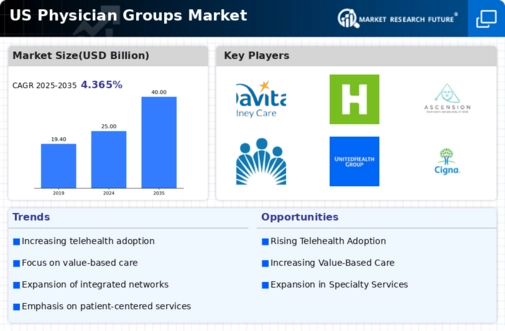
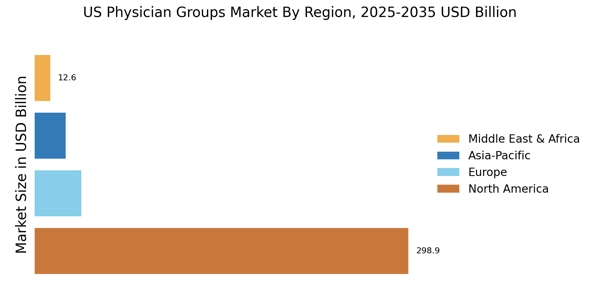
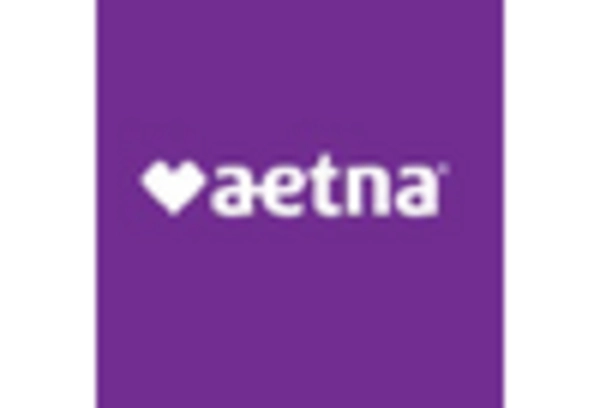

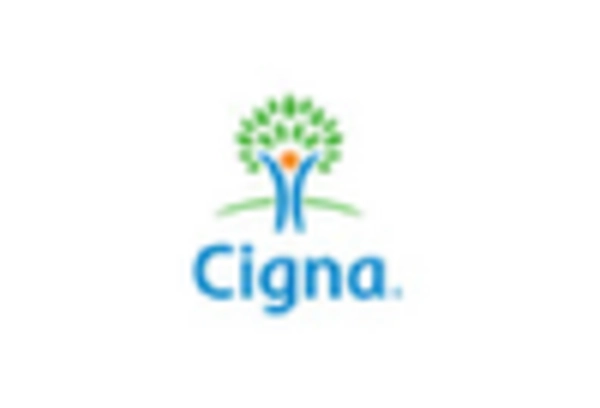


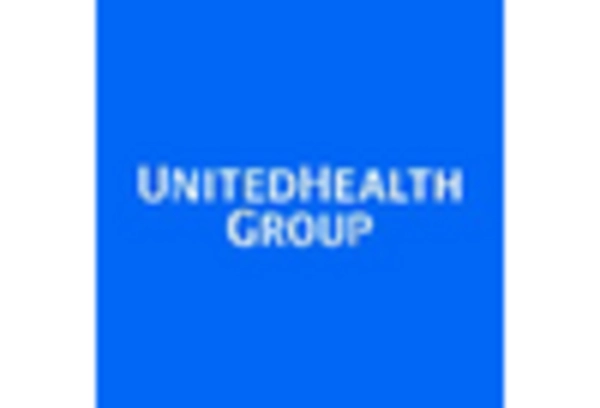








Leave a Comment